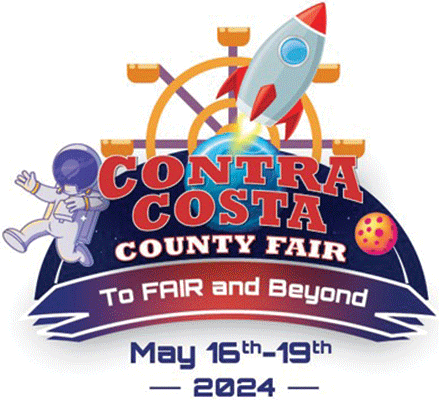ACA 1 going to voters in 2024 will make it easier to pass local special taxes, bonds if approved
Friday, November 17th, 2023
Expected to boost Bay Area housing bond prospects; Cal Chamber opposes; requires majority of voters to approve
By Allen D. Payton
MTC/ABAG-backed Assembly Constitutional Amendment 1, which would lower the vote threshold for local special taxes and bonds to fund affordable housing, transportation, resilience and other public infrastructure projects from two-thirds to 55%, will go to voters in November 2024.
The state Legislature last month approved sending the amendment, authored by Assemblymember Cecilia Aguiar-Curry, to voters with the backing of the entire Bay Area legislative delegation. MTC and ABAG sent letters of support to Sacramento and MTC/ABAG legislative staff actively lobbied the bill to help get it over the finish line.
Similar bills have been proposed over the past two decades but until now none were approved by the house of origin, a hurdle that itself requires a two-thirds vote. Other supporters included Nonprofit Housing Association of Northern California, Enterprise Community Partners, the California Professional Firefighters, and individual cities and counties.
The Bay Area is preparing to place a regional housing bond on the November 2024 ballot, with 80% of funds flowing to counties and several large cities and 20% designated for regionwide programs administered by the Bay Area Housing Finance Authority (BAHFA).
“While Bay Area voters have a long history of generously supporting taxes to fund transportation and housing improvements, measures in some parts of the region have repeatedly fallen short of the two-thirds margin,” MTC-ABAG Executive Director Andrew Fremier noted. “ACA 1 would reinstate the ability of voting majorities to address vital community needs.”
The election of ACA 1 co-author Robert Rivas to the Assembly speakership helped build momentum for the proposed amendment, as did the nonprofit housing community’s raising of $10 million to gather signatures for a citizen’s initiative if the legislature didn’t approve the amendment.
California Chamber of Commerce Opposes
The constitutional amendment is opposed by the California Chamber of Commerce. In a report by policy advocate Preston Young before it passed, he claims ACA1 would increase costs for key sectors, will erode taxpayer safeguards and would harm California workers.
Preston wrote, “This would provide increased tax authority for many local government agencies in California—not just cities and counties, but thousands of potentially overlapping special districts.
In a letter sent to legislators recently, the CalChamber pointed out that while it’s important to improve infrastructure and increase housing availability, higher property, sales and parcel taxes on working Californians run counter to the goal of making the state more affordable for all.
Businesses engaged in manufacturing, research and development, teleproduction and post-production, and agriculture face a significant sales and use tax burden in California.
The sales and use tax is supposed to be a tax on the final point of sale of a product, yet many businesses—including businesses conducting research and development, manufacturing, filming activities, and agriculture—are taxed for equipment purchases.
Taxation of business inputs for these industries leads to a pyramiding effect throughout the production process, leading to higher costs for purchases made by consumers, the CalChamber explained in its letter. To counter this pyramiding effect and incentivize business growth in the state, California offers a partial state-level sales tax exemption for purchases made by these industries. However, purchases made by these businesses are still subject to local transactions and use taxes.
Equipment purchases represent a significant portion of capital investment for existing businesses and start-ups. Tax increases promoted by ACA 1 would defeat the purpose of the state-level exemption provided by the state and make it more cost-prohibitive to conduct these business activities in California, the CalChamber warned.
ACA 1 would allow local jurisdictions to approve Bradley-Burns sales tax increases with a 55% vote of the electorate, eliminating the uniformity and certainty provided by the Bradley-Burns sales tax.
This would represent a monumental change to sales and use tax policy in the state, the CalChamber said. Unlike the transactions and use tax—which is capped at 2% per county and requires statutory authority to exceed the cap—the local 1.25% sales tax (referred to as the Bradley-Burns sales tax) is uniformly applied across the state and voters are not authorized to approve increases to the rate.
“California already has the highest state-imposed sales tax in the country, and the combined sales tax rates in some jurisdictions are among the highest in the United States,” the CalChamber said. “Allowing localities to modify their Bradley-Burns sales tax rates, without a cap on rate increases, paves the way for excessive combined sales tax rates in parts of the state—increasing costs for residents and businesses.”
More than four decades ago, prompted by years of rising taxes, Californians resoundingly approved Proposition 13 to provide a check on local governments’ taxing authority, and to ensure a greater representative voice for those who would be taxed. Proposition 13 also limits taxes on property to 1% of the property’s assessed value.
Reducing the vote threshold would diminish the people’s voice on tax increases and would erode property tax safeguards. The CalChamber pointed out that a May 2022 Public Policy Institute of California poll found that 64% of registered voters believe Proposition 13 has benefitted taxpayers, and this support reaches across nearly every major demographic.
After comparing the costs of operating in California versus other states, many employers left the state in recent years. A Hoover Institution report found that from 2018 to 2022, at least 352 companies relocated their headquarters out of California—with many businesses citing the state’s tax burden as the deciding factor in their relocation.
The relocation of these companies and their employees to lower-cost states has a major impact on state and local tax revenue, causes unemployment for workers who cannot move to the new location, and is a sign that California must find ways to be more competitive, the CalChamber stressed.
“Tax increases such as those promoted in ACA 1 would be a step in the wrong direction and would encourage more companies to move workers and investments to other states,” the CalChamber said.
Indeed, Californians are sensitive to this problem. A 2020 Berkeley Institute of Governmental Studies poll found that 78% of voters “agreed that taxes in California were already so high that they were driving many people and businesses out of the state.”
Majority Vote Needed to Pass
According to a report by the California Globe, Article XVIII, Section 4 of the California Constitution, “requires a proposed amendment or revision to be submitted to the electors and, if approved by a majority of votes, takes effect on the fifth day after the Secretary of State files the statement of the vote for the election at which the measure is voted on, but the measure may provide that it becomes operative after its effective date.”











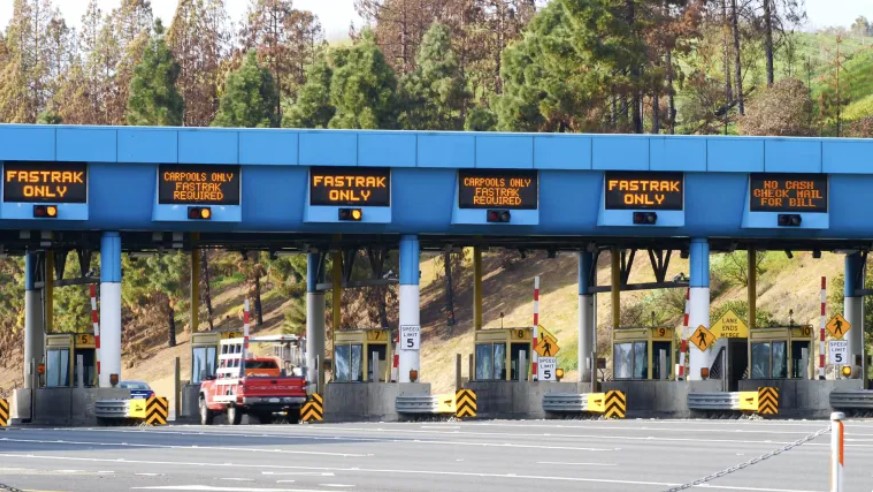

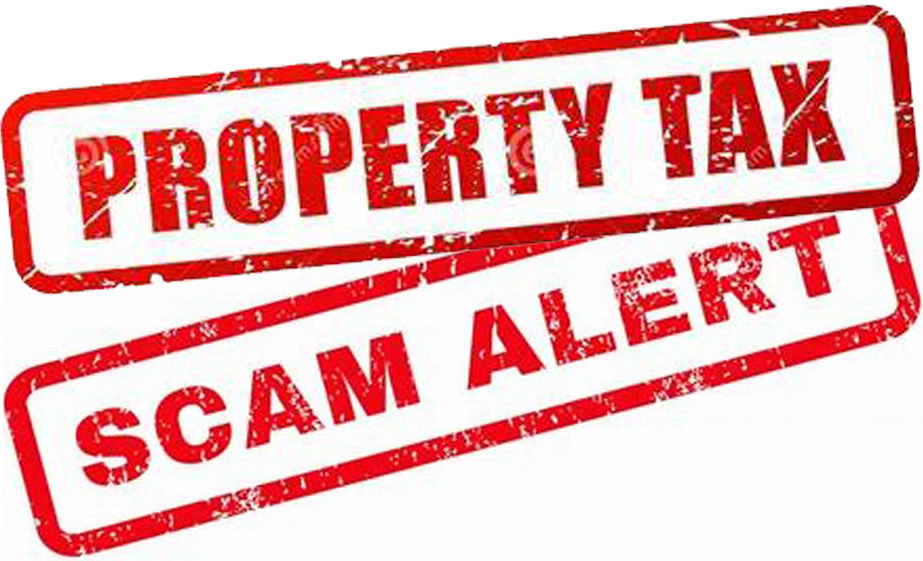
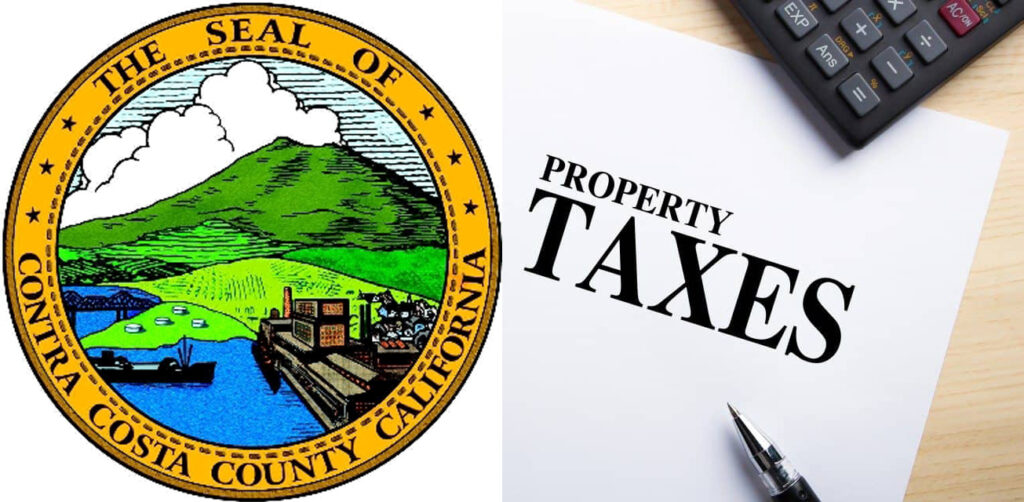
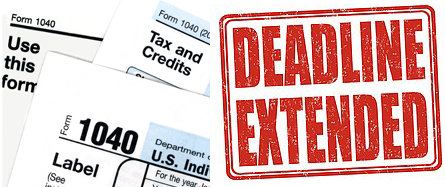
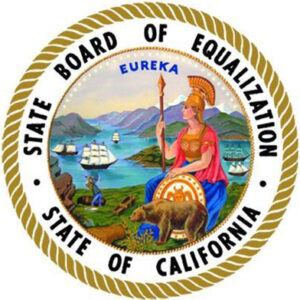 Sacramento
Sacramento